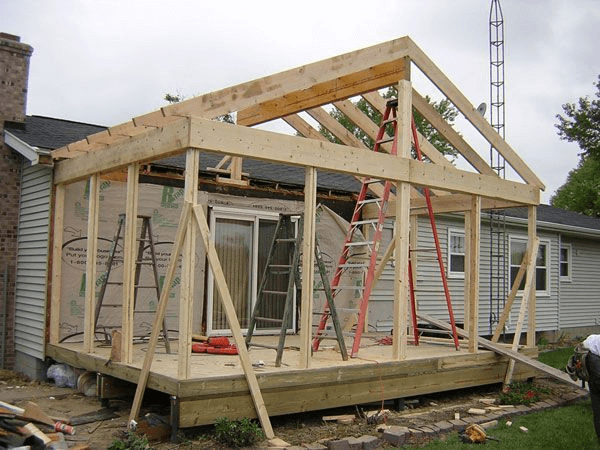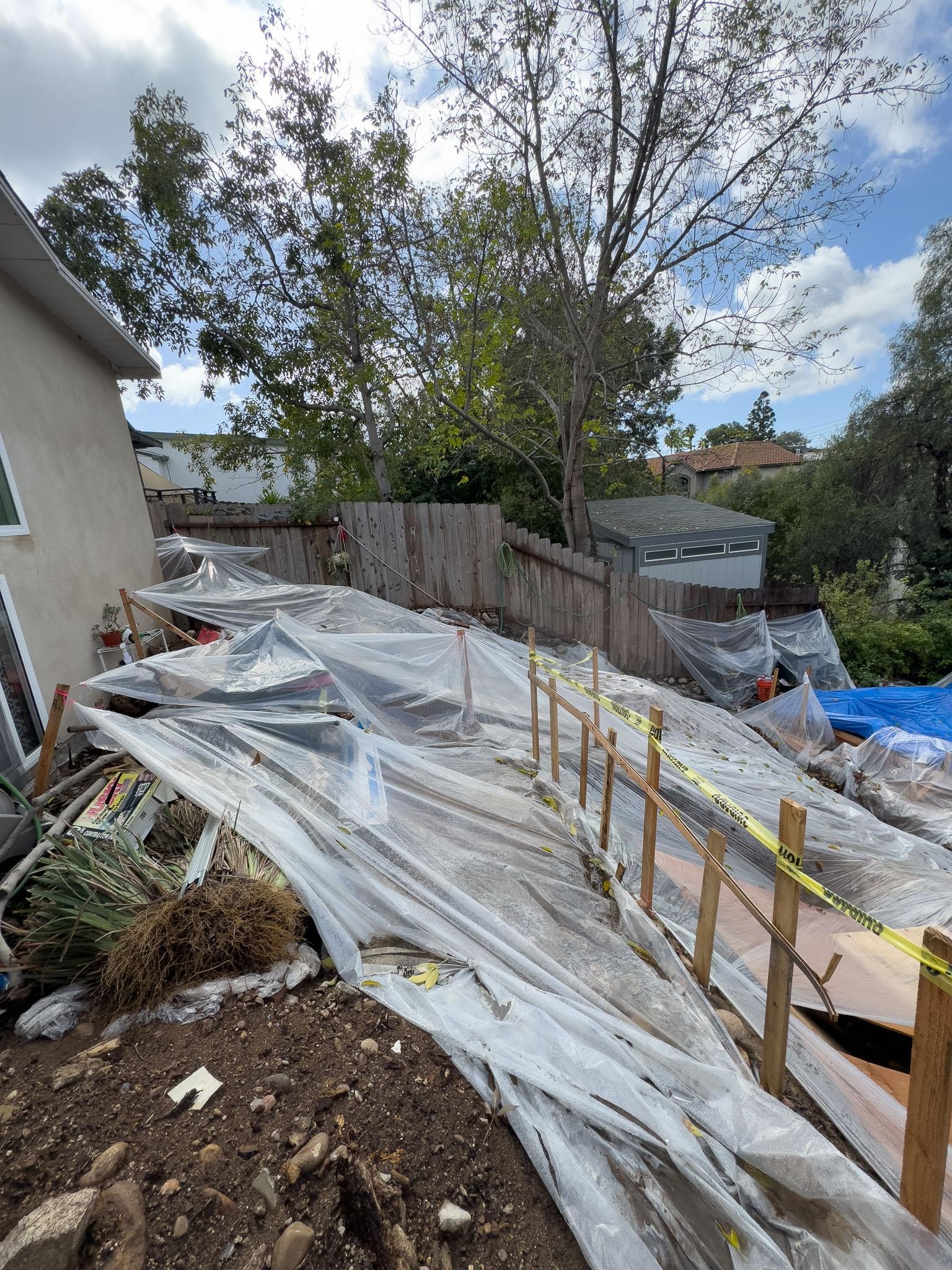
Adding a new room to your home isn’t just about more square footage — it’s about reshaping how you live. Before any hammer hits the wall, getting accurate Site Plans for Building Permits ensures your project meets local regulations and sets a strong foundation for everything that follows.
Whether you’re building out a primary suite, expanding the living room, or giving the kids their own space, a room addition is a major investment that affects your home structurally, financially, and emotionally.
Define the Function Before You Talk Design
This might sound obvious, but too many homeowners start designing before they’ve clearly defined what the new room is actually for. Is it a guest room that may become a nursery? A home office that doubles as a den? A future rental with its own entrance?
Knowing the purpose of the space informs everything, from where you place outlets to how much insulation you’ll need. A lot of remodeling regret comes from building a beautiful room that doesn’t quite work for the lifestyle it’s meant to support.
Pro Tip: Try writing out a “day in the life” using the new room. What time of day is it used? Who’s using it? What do they need within arm’s reach? You’d be surprised how much clarity that simple exercise brings.
Assess Site Conditions and Access
You might have a huge backyard, but that doesn’t mean it’s ready for a smooth build. Room additions often require access for large machinery, material staging areas, and safe demolition
paths. We’ve seen plenty of projects where the backyard looked perfect on paper until we discovered sloped terrain, poor drainage, or no side access for crews.
If you’re in a tight neighborhood or on a hill, these issues can lead to cost increases and timeline delays. Don’t wait for demo day to figure it out.
Pro Tip: Walk your property with a contractor or architect before finalizing your plans. A good one will point out red flags you probably hadn’t thought of.

“Slopped backyard always adds challenges when it comes to room additions”
Plan for Utility Load and Expansion
Your existing electrical panel, plumbing lines, or HVAC system may not be up to the task of powering and servicing an added room, especially if it includes a bathroom or kitchenette. We’ve had to upgrade panels mid-project because the original system couldn’t handle the added demand, and guess what? That’s never a fun or cheap surprise.
These upgrades can be anticipated and planned for if you’re thinking ahead. And it’s not just about function. Modern code requirements often mean bringing things up to spec if you touch certain systems.
Pro Tip: Ask your contractor if they can coordinate with a licensed electrician or HVAC tech early to assess whether system upgrades will be necessary.
Think Through Future Phases (Even If They’re Years Away)
Maybe this addition is part of a longer-term vision like converting a home into a multigenerational setup or adding a second story down the line. If there’s any chance you’ll be building again in the future, now’s the time to rough-in connections, plan logical flow, and leave yourself options.
It costs far less to prepare infrastructure now than it does to tear things open later. Even something as simple as pre-wiring for a future split AC system or leaving room in the panel for an EV charger can save major money down the road.
Pro Tip: Share your big-picture ideas with your contractor, even the “someday” ones. A seasoned room addition contractor can help you prepare for future upgrades without blowing your current budget
Don’t Skip the Schedule Conversation
It’s easy to focus on budget and design, but your remodel schedule is where life actually gets disrupted. Are you living in the home during construction? Do you have kids or pets? Are there school drop-offs, remote work meetings, or deadlines to think about?
A realistic construction schedule (and how it aligns with your daily life) is one of the most critical planning steps that too often gets brushed aside. Set expectations early, not just about when the job starts and ends, but what the day-to-day disruption will actually look like.
Pro Tip: Before finalizing the construction start date, map it against your personal calendar. Think planned vacations, important school events or out-of-town guests planning to come for a long stay. These things might seem unrelated, but they can seriously affect how smoothly the process goes. Planning your remodel around life (instead of the other way around) makes a big difference.
Final Thoughts
A successful room addition starts well before blueprints or building permits. It begins with how well you plan. Not just in terms of design, but how the space fits into your life, your systems, and your future.
Whether you’re adding space for a growing family or finally tackling that dream layout, planning with intention will always pay off. Ask the right questions, slow down when needed, and build with the long-term in mind. A little extra time spent on planning now can save months of stress and tens of thousands of dollars down the line.
Steven Bennett
Related posts
Stay connected
- How LoveOn Chat Is Becoming the Most Versatile AI Companion for Digital UsersThe internet keeps shifting toward hyper-personal interaction, and AI companions are at the center of this shift. What used to be simple chatbots are now evolving into emotionally aware, adaptive, and multi-functional digital partners. Among the new generation of platforms, LoveOn Chat is becoming one... The post How LoveOn Chat Is Becoming the Most Versatile […]
